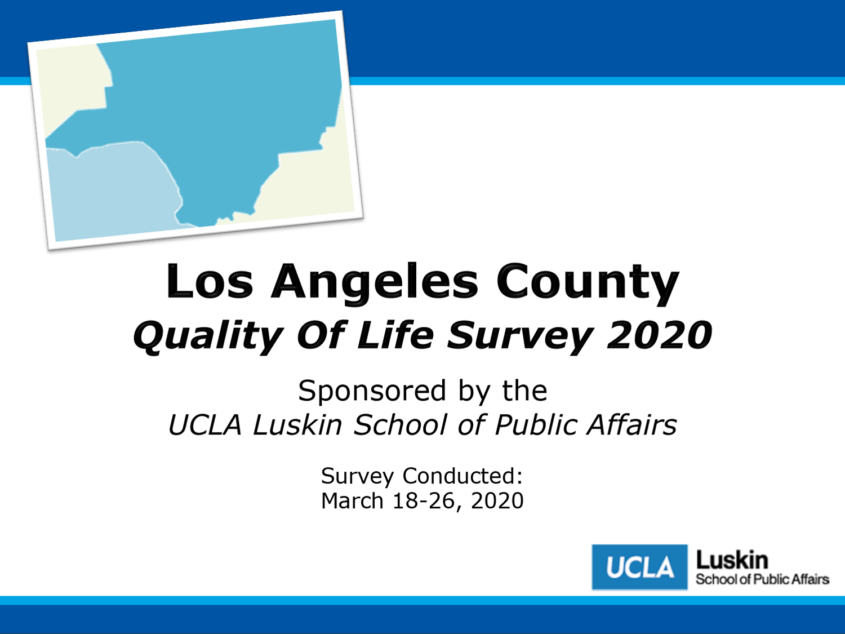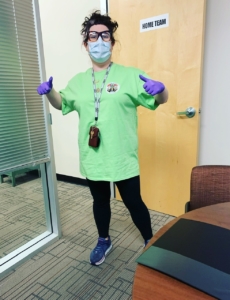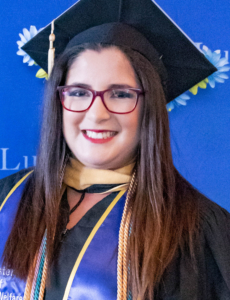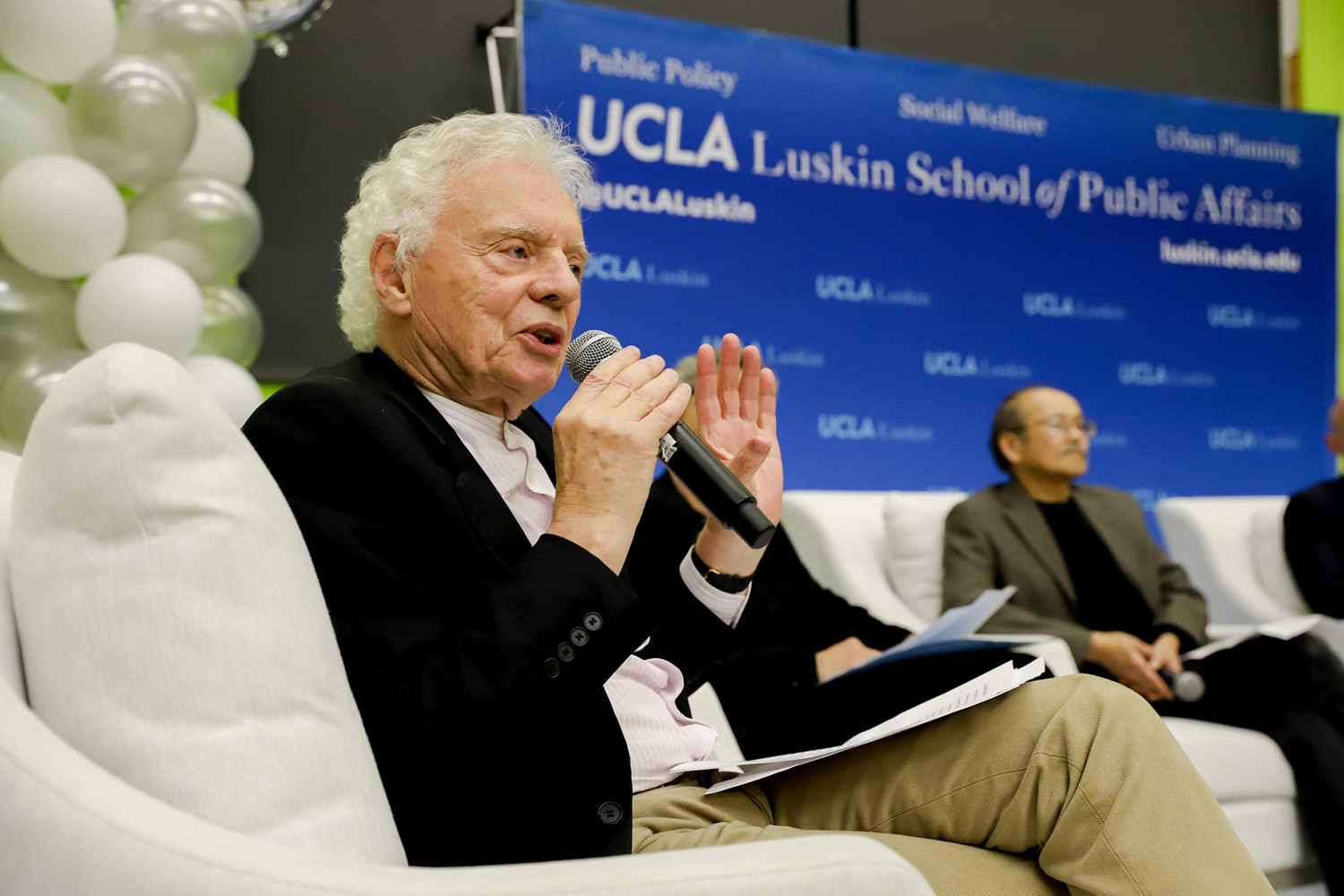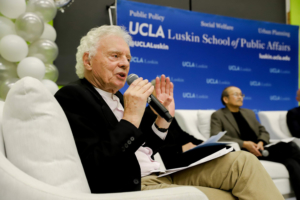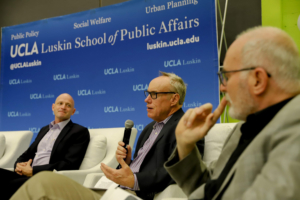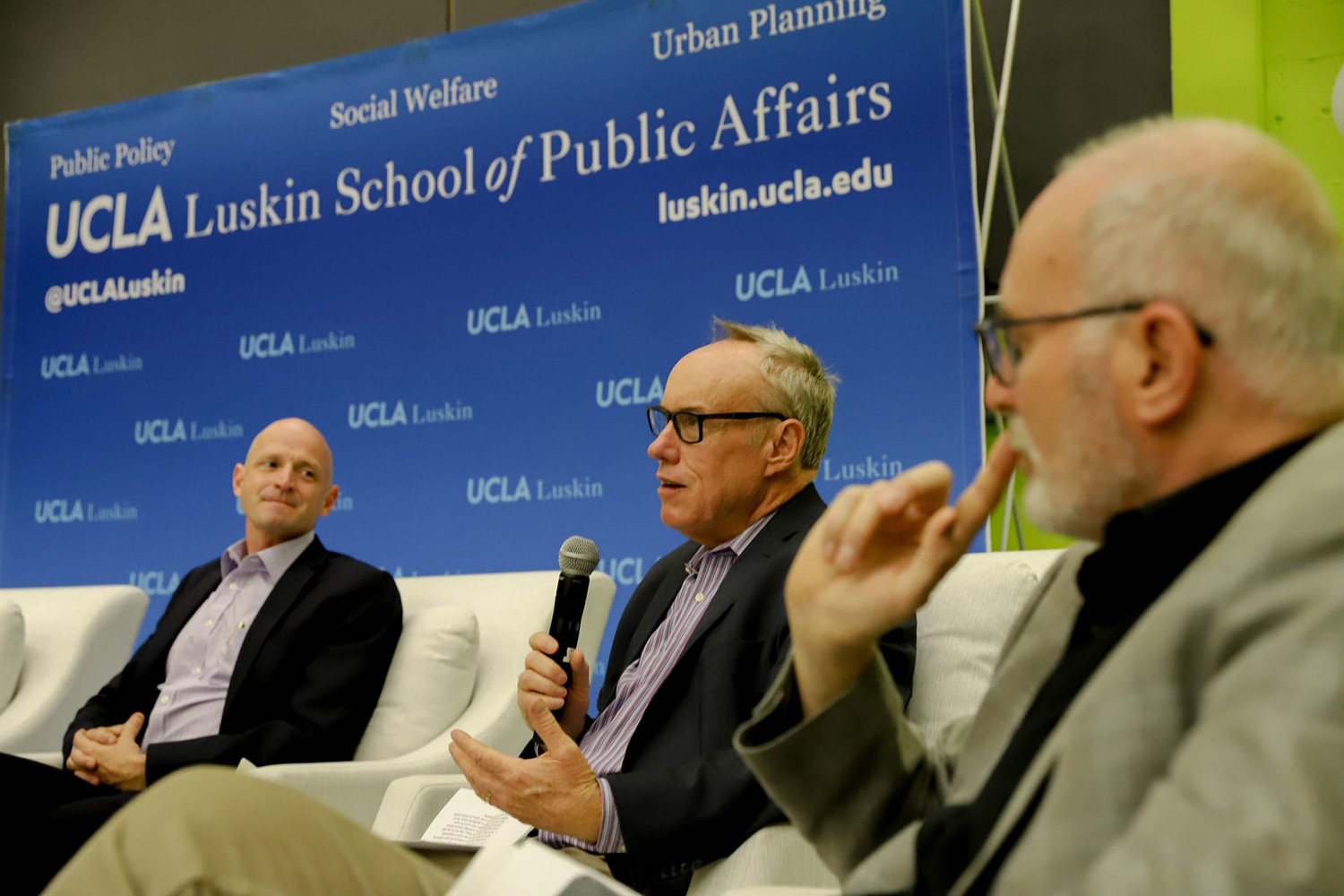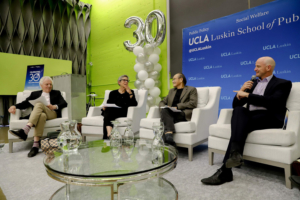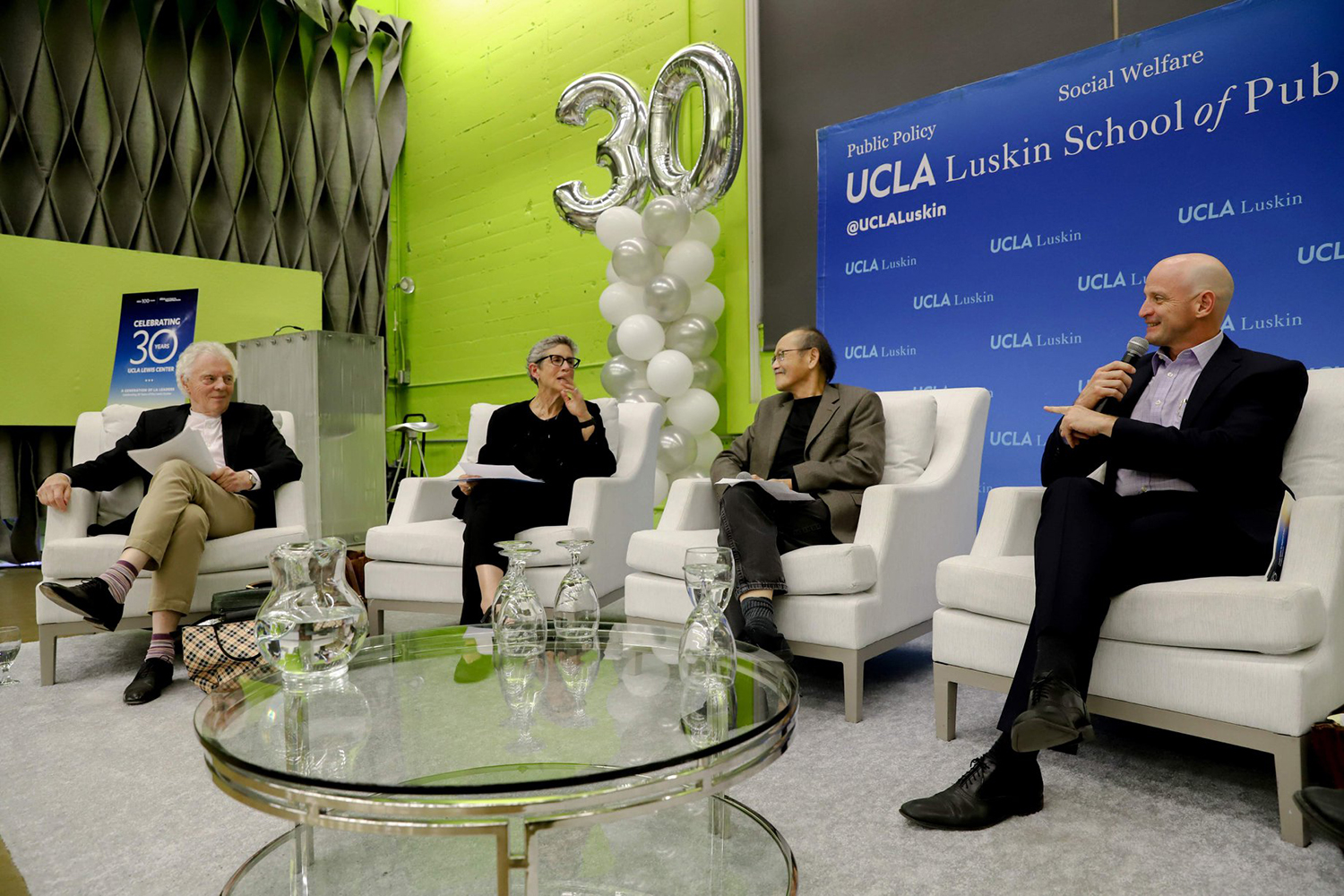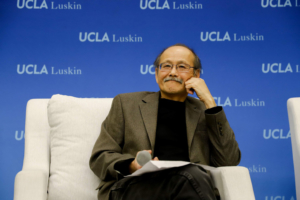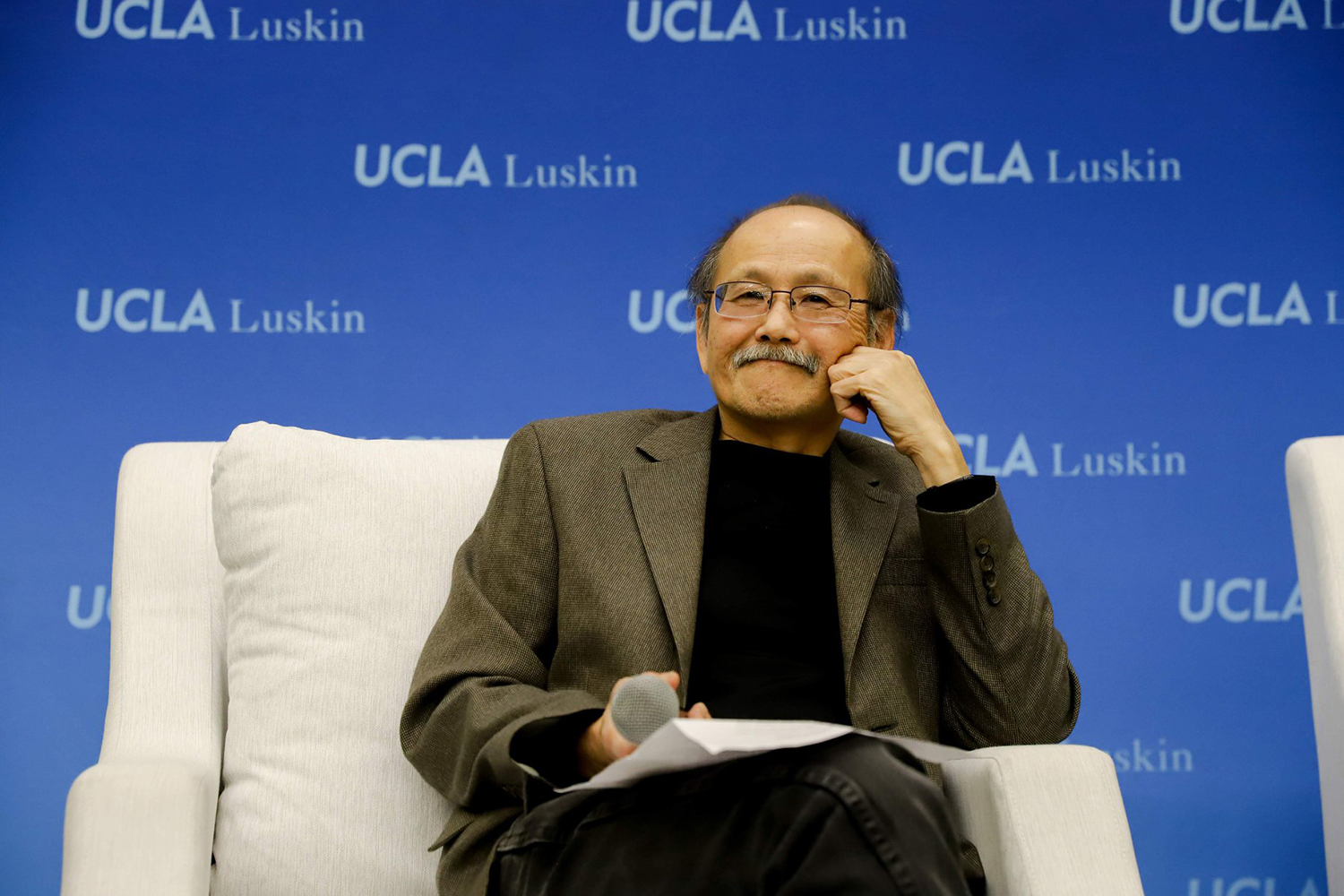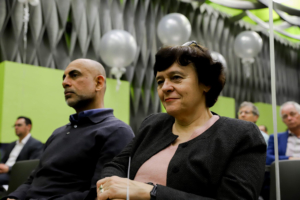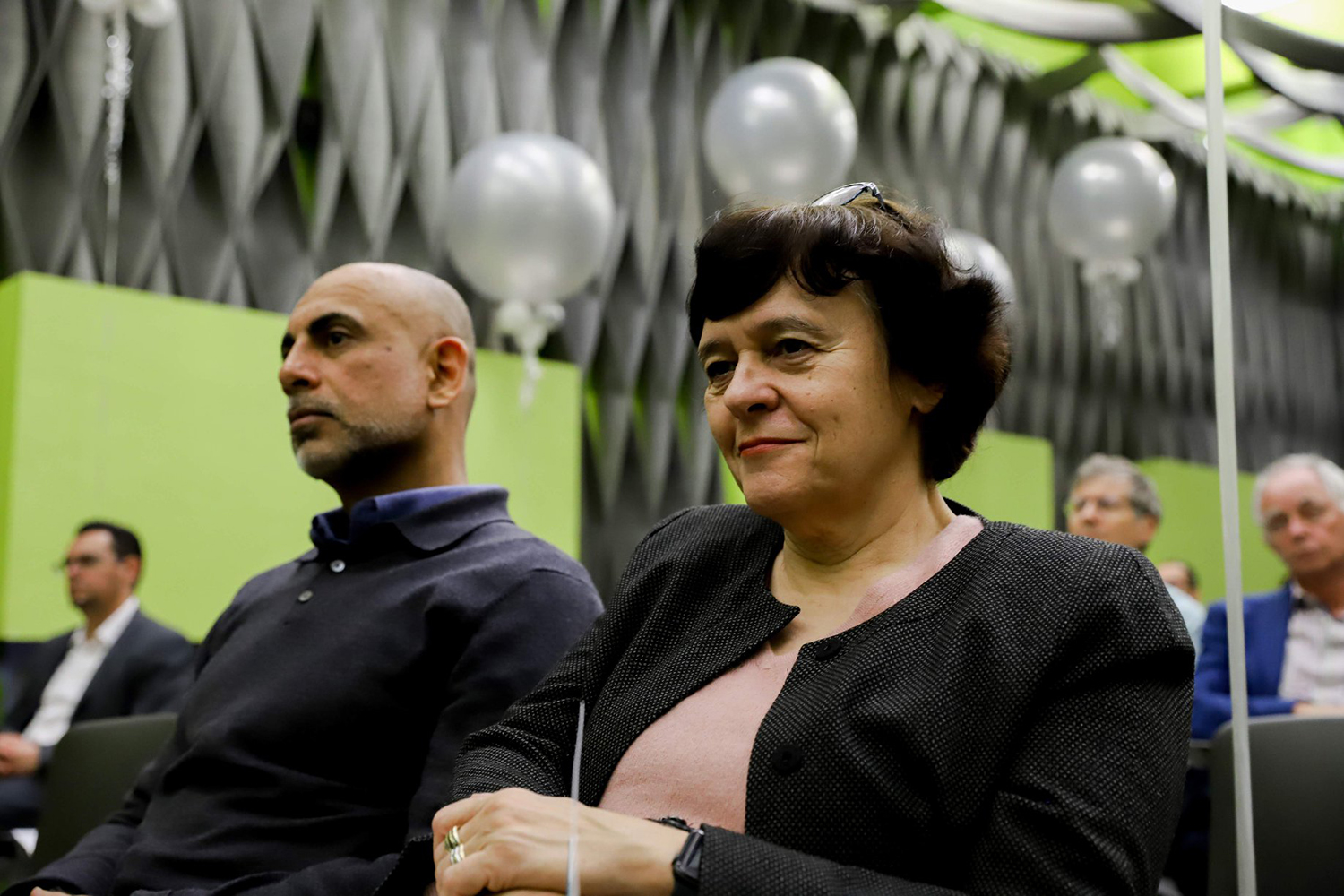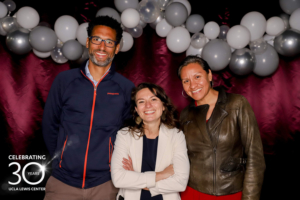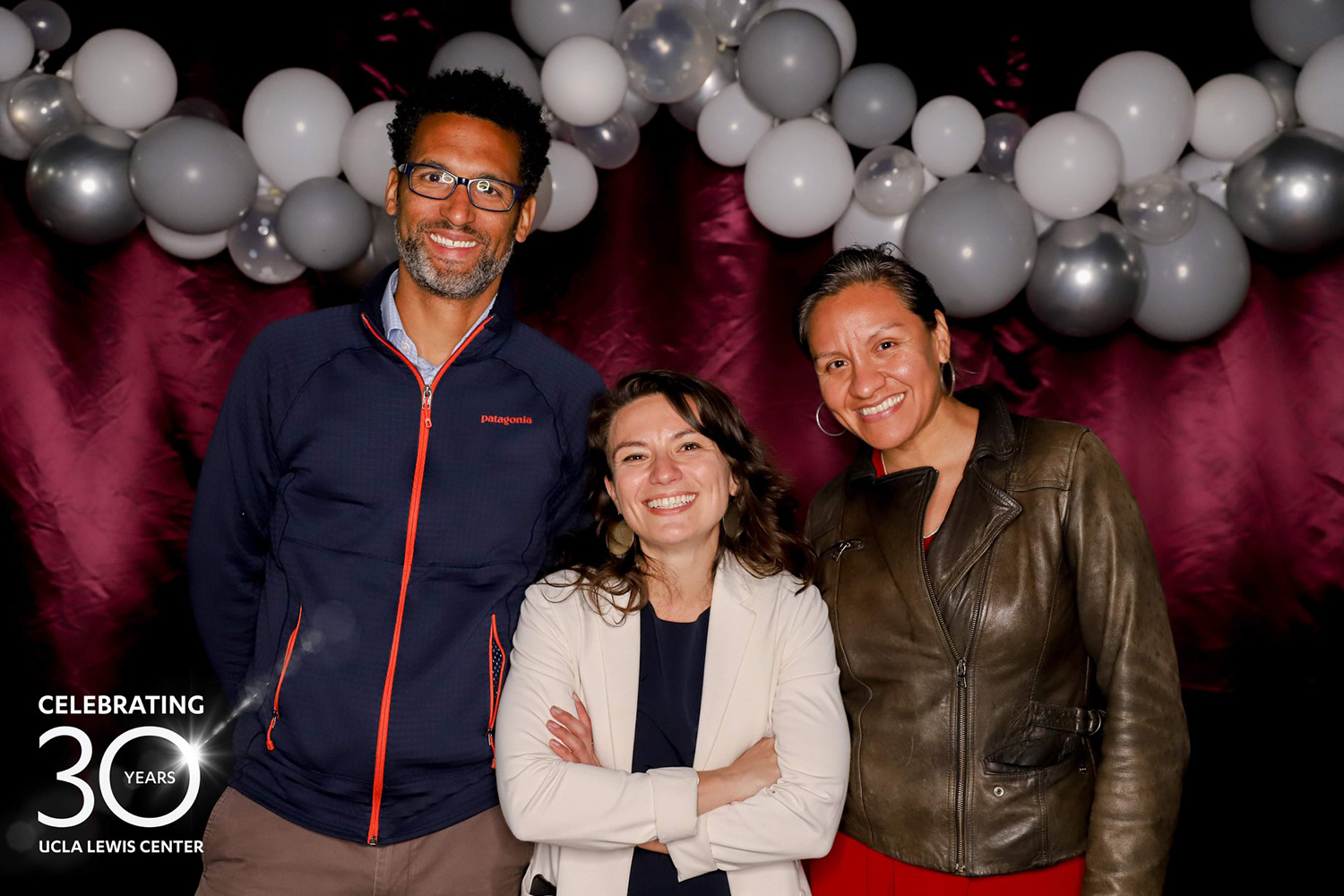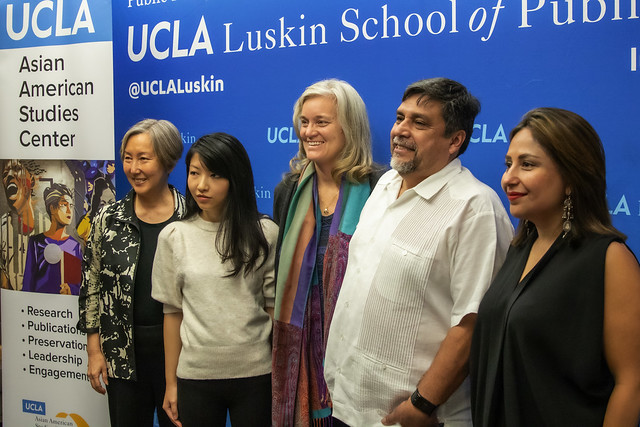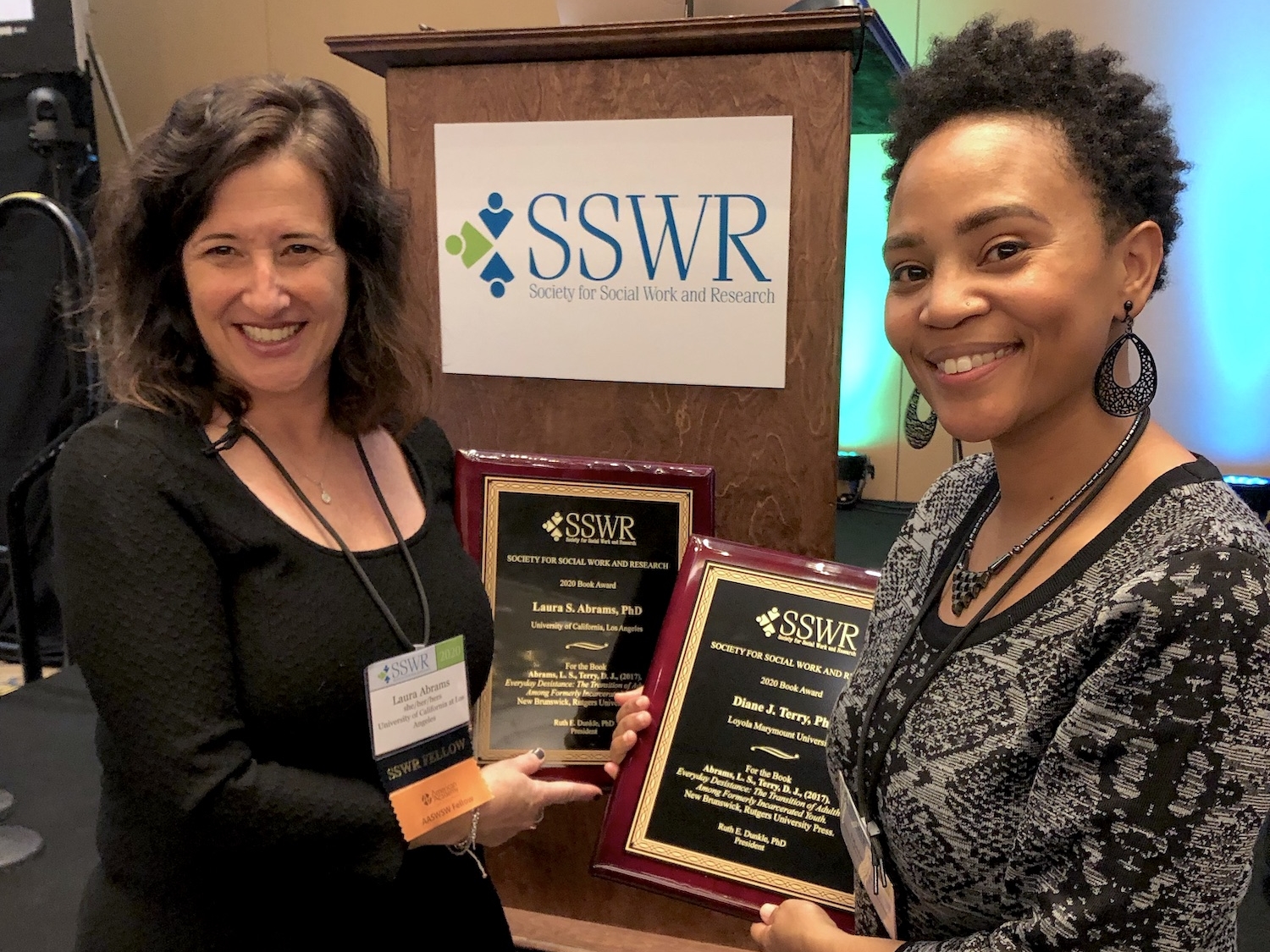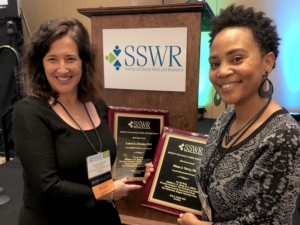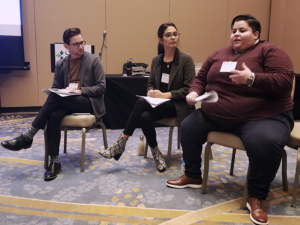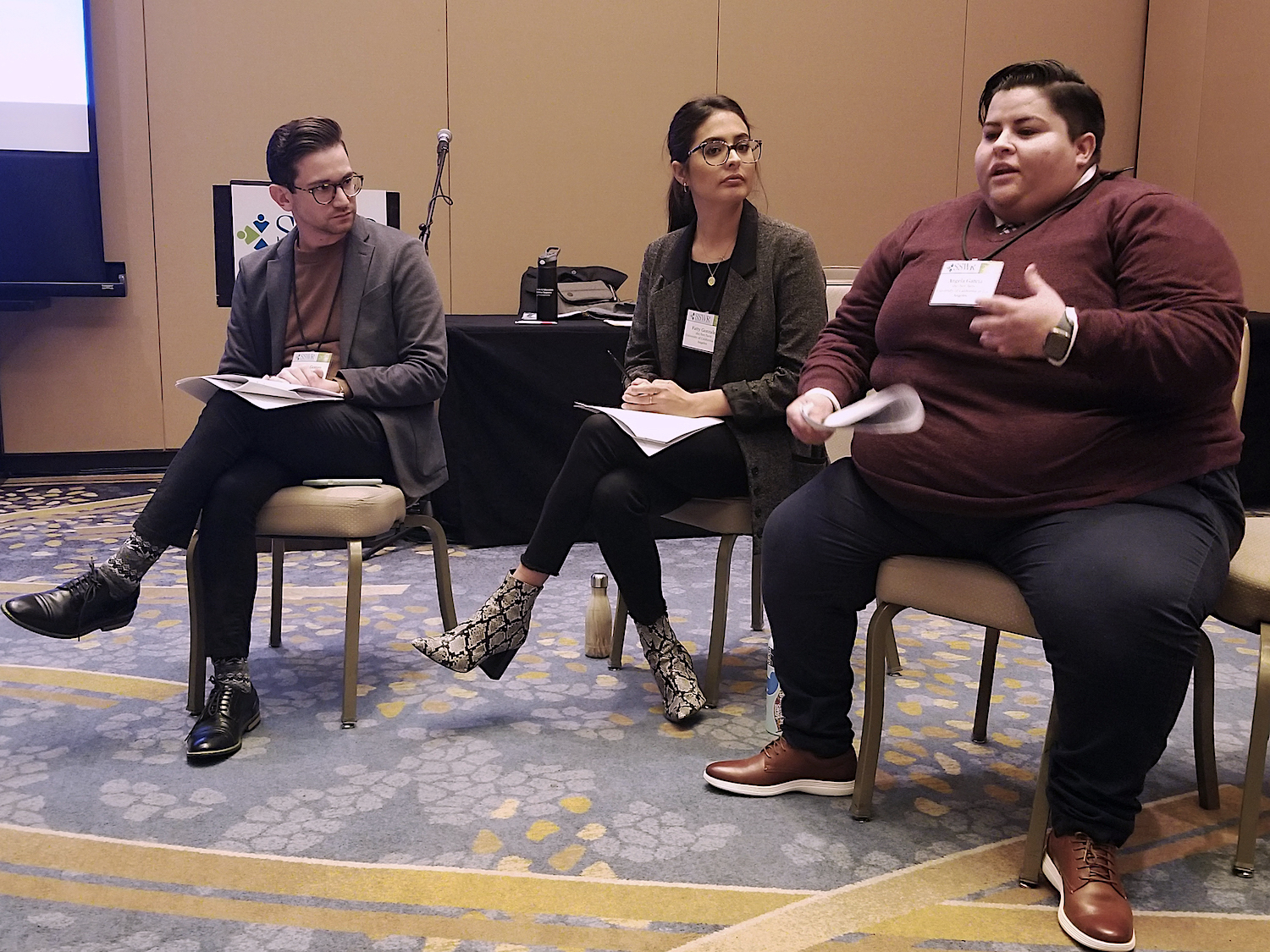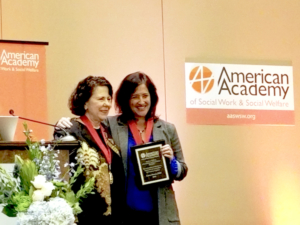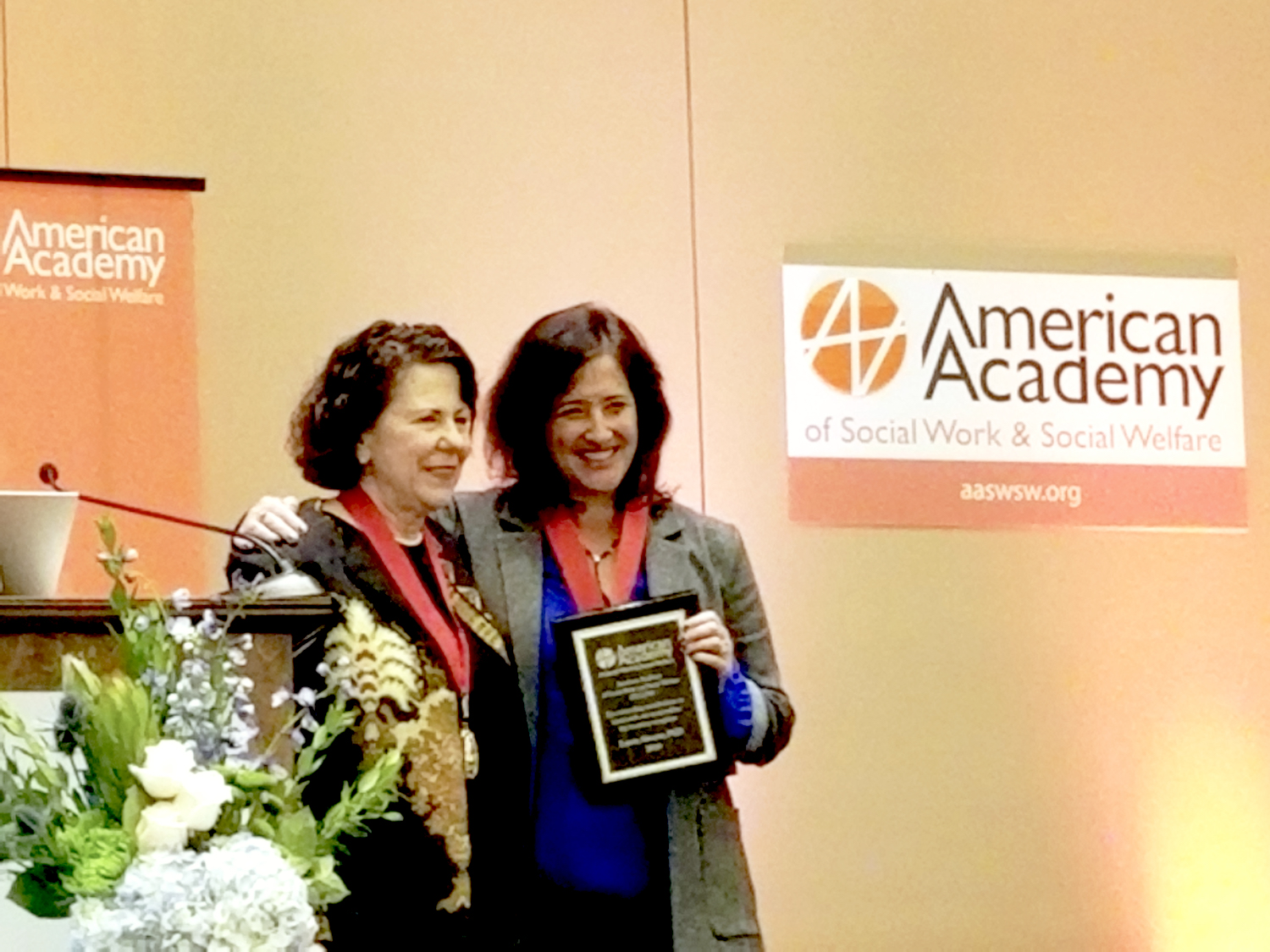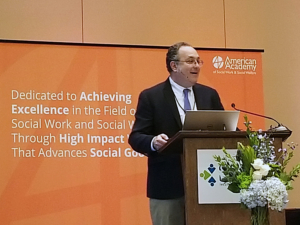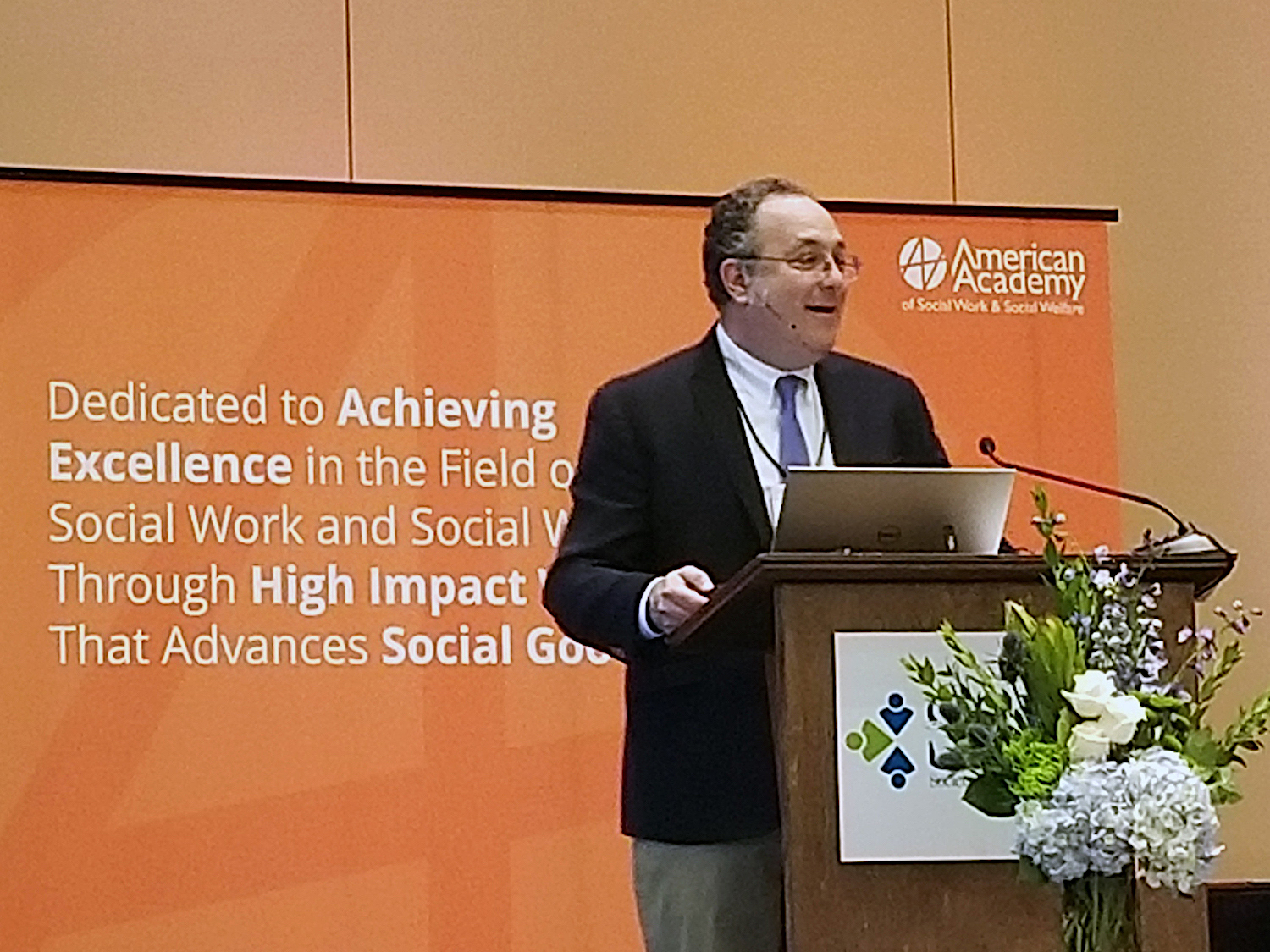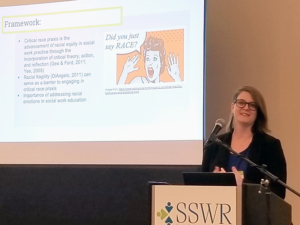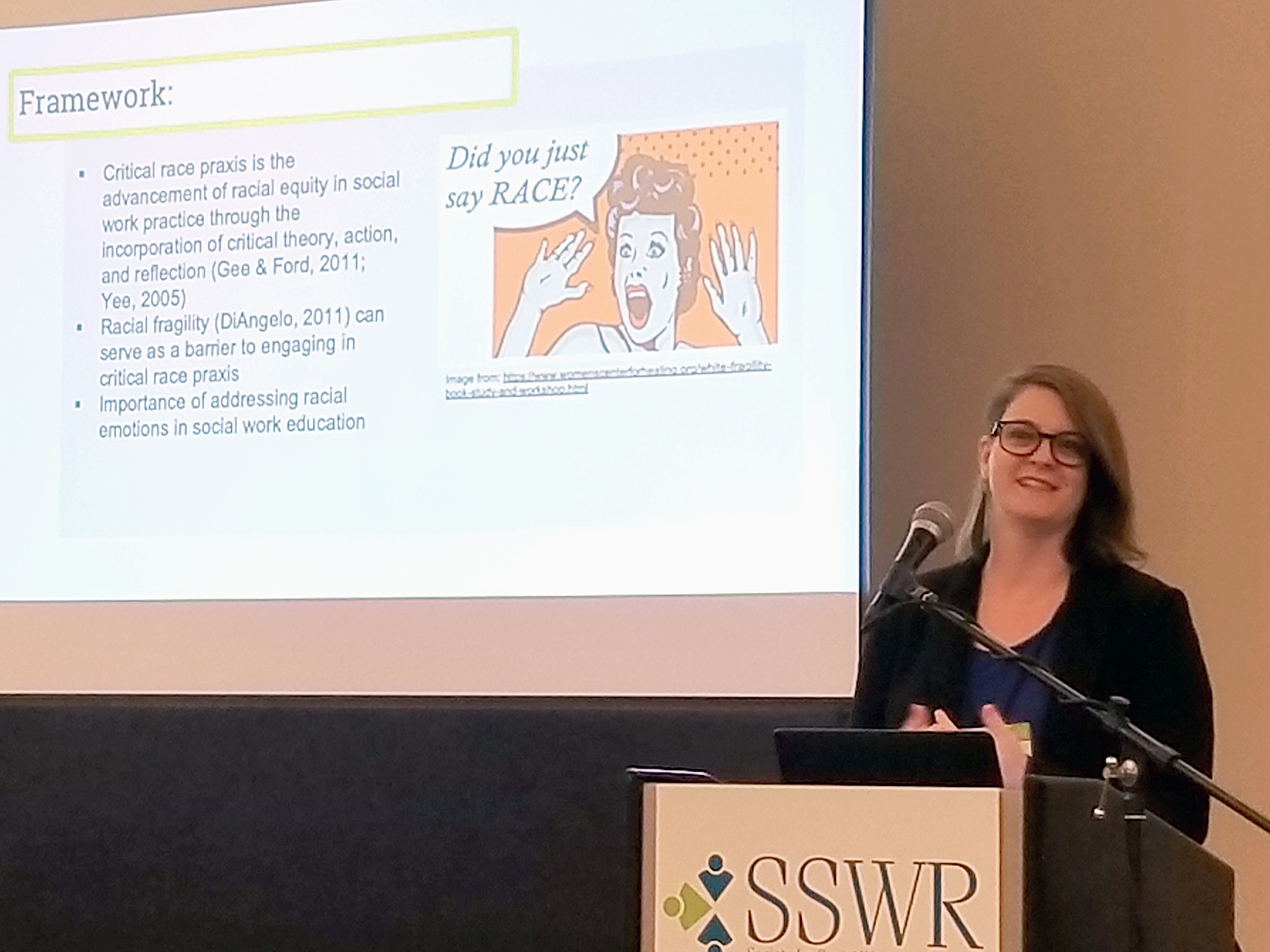Opinions About Quality of Life in L.A. Vary Sharply Across Generations Annual UCLA survey finds less optimism among young and economically stressed residents
By Les Dunseith
Residents felt slightly better than last year about life in Los Angeles County, according to UCLA’s fifth annual Quality of Life Index, which was conducted just as the coronavirus crisis descended on the region last month. Ratings increased in all categories, with the exception of the two most directly affected by the pandemic — health, and jobs and the economy.
The overall quality-of-life rating rose from 56 to 58 (on a scale of 10 to 100) in the survey, released April 23 by the UCLA Luskin School of Public Affairs. Responses varied dramatically by age and household income, however. The survey took place between March 18 and 26, which coincided with the implementation of strict social distancing measures in the county and state.
“The slight increase in county residents’ satisfaction may be more of a reflection of the past year’s quality of life than of the new reality with which we have all been living for the last six weeks,” said Zev Yaroslavsky, director of the Los Angeles Initiative at UCLA Luskin. “Since then, we have been in uncharted territory, which we will be able to better measure in the months ahead.”
The onset of the COVID-19 crisis may have contributed to a sharp increase in how important health was to respondents when compared with the other survey categories. Sixty-five percent said health was of high importance in rating their quality of life, an 8% increase over the 2019 survey. This was second in importance only to the cost-of-living category, which has been the most salient category of the Quality of Life Index, or QLI, since its inception in 2016.
A telling takeaway from this year’s survey is a growing generational and economic divide among county residents. Respondents were asked whether Los Angeles is a place where people who work hard can get ahead. While 41% answered yes, a majority of 55% said no. That pessimistic outlook was held by 64% of those between the ages of 18 and 39 and 62% of those living in households with annual incomes of less than $60,000.
Housing and the fear of homelessness also remain priority issues for county residents. When asked whether they are worried about losing their home and becoming homeless as a result, 31% of respondents answered yes, an increase of 9% over last year. Thirty-nine percent of those between the ages of 18 and 39 and 48% of those with household incomes of less than $60,000 said they were worried.
“The notion that nearly 2 out of 3 younger and lower-income earners increasingly believe they are at an economic dead-end is a most distressing finding in our survey,” Yaroslavsky said. “When nearly 4 out of 10 young and economically stressed Angelenos go to bed each night worrying about becoming homeless, we are all diminished. This is a troubling trend that continues to plague our society.”
The QLI is a joint project of the UCLA Luskin Los Angeles Initiative and The California Endowment. Researchers ask a cross-section of Los Angeles County residents to rate their quality of life in nine categories and 40 subcategories. Full results are being released April 23 as part of UCLA’s Luskin Summit, which is being held virtually this year because of the ongoing health crisis. The host of that session is Adrienne Alpert of ABC7 in Los Angeles, where she is a reporter and host of a public affairs program, “Eyewitness Newsmakers.”
As in previous years, the 2020 QLI’s categories fell into three distinct tiers in terms of respondents’ level of satisfaction: a bottom tier including cost of living (45), education (50) and transportation and traffic (53); a middle tier including the environment (58), jobs and the economy (59), and public safety (64); and a top tier including health care (69), race relations (71) and neighborhood quality (71).
Overall satisfaction with quality of life rose across all age groups in the 2020 survey. Those aged 40 to 49 matched the index’s average score of 58, but those aged 39 and younger gave a rating of 54. Those older than 50 gave a 61 rating, a significant increase over last year. Older respondents are generally more satisfied with their financial security in retirement, while younger residents are less secure and more concerned.
Other key findings
- The results of questions directly related to the coronavirus were released publicly on April 8. County residents expressed high concern over the virus’s impact on their health (79%) and economic situation (82%). In addition, 61% gave local public health officials high marks for their response to the pandemic, compared with 39% for federal officials.
- Almost two-thirds of people surveyed (63%) favor building housing in their neighborhoods to help transition people out of homelessness, as long as the housing includes access to medical and social services and has on-site security.
- Sixty-two percent of those surveyed had a favorable opinion of Los Angeles Mayor Eric Garcetti. A majority of respondents (53%) had a favorable opinion of the Los Angeles County Sheriff’s Department, but less than one-third (31%) had a favorable view of Sheriff Alex Villanueva, while 34% said they had no opinion and 13% had never heard of Villanueva.
- Roughly 4 in 5 respondents (79%) expressed satisfaction with race relations in the county, and this strongly positive opinion was reflected across all demographic groups in the survey: Latinos (80%), whites (81%), Asians (77%) and African Americans (77%).
“One year from now, we will be living in a different world,” Yaroslavsky said. “In the past, Los Angeles has faced and overcome great challenges, but we are now in the midst of a crisis we could have never imagined. Next year, we will certainly know more about the extent of our region’s resilience.”
The 2020 UCLA Luskin Quality of Life Index is based on interviews with a random sample of 1,503 county residents conducted in both English and Spanish, with a margin of error of plus or minus 2.5%. The QLI was prepared in partnership with the public opinion research firm Fairbank, Maslin, Maullin, Metz & Associates.
View a PowerPoint presentation about the 2020 L.A. County Quality of Life Index
